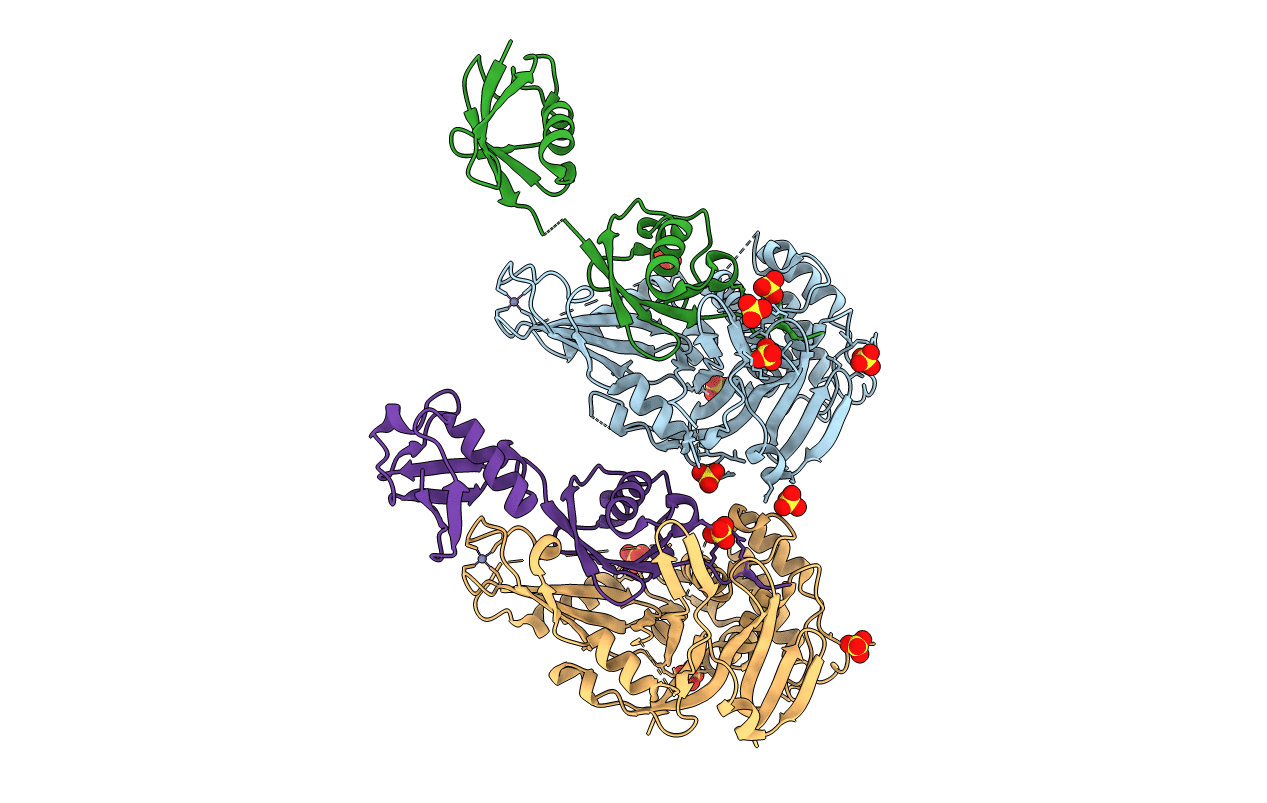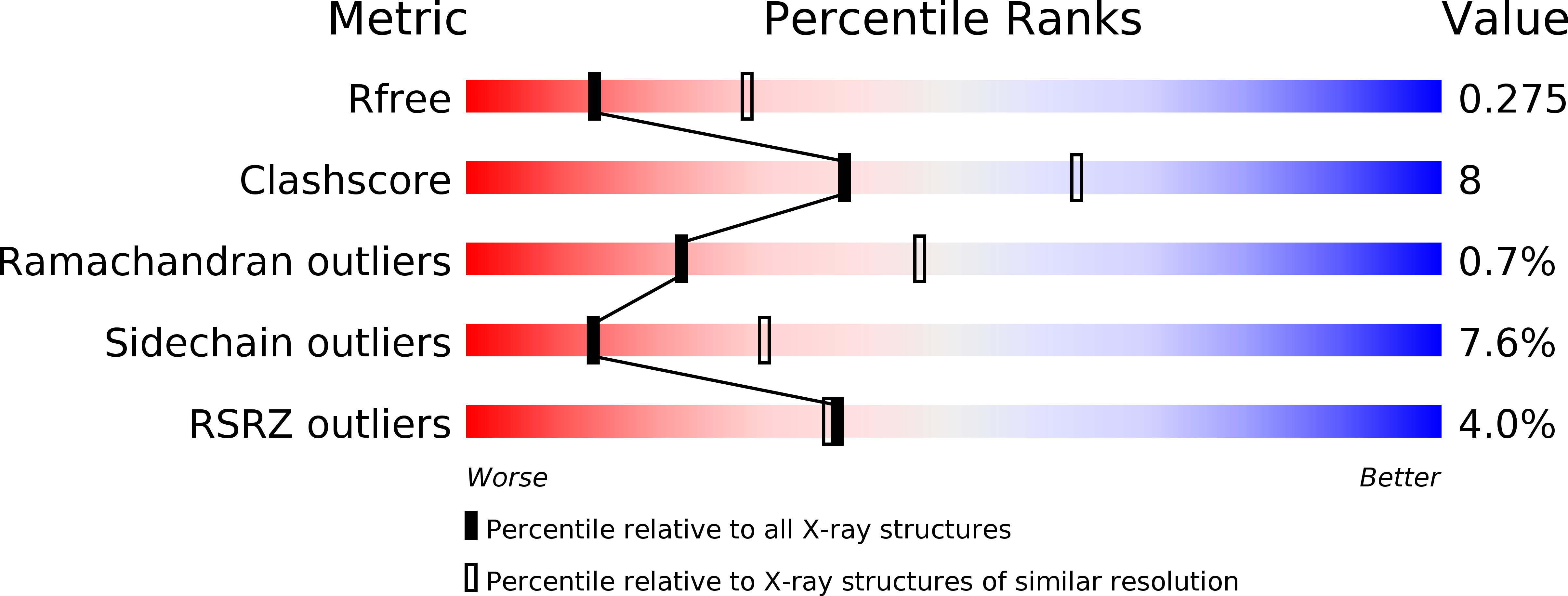
Deposition Date
2011-01-12
Release Date
2012-01-25
Last Version Date
2023-12-20
Entry Detail
PDB ID:
2Y5B
Keywords:
Title:
Structure of USP21 in complex with linear diubiquitin-aldehyde
Biological Source:
Source Organism:
HOMO SAPIENS (Taxon ID: 9606)
Host Organism:
Method Details:
Experimental Method:
Resolution:
2.70 Å
R-Value Free:
0.27
R-Value Work:
0.21
R-Value Observed:
0.21
Space Group:
P 1 21 1


